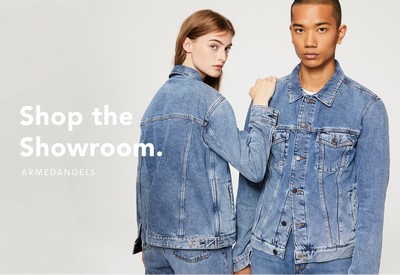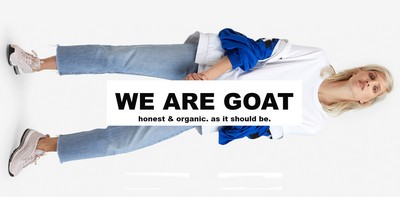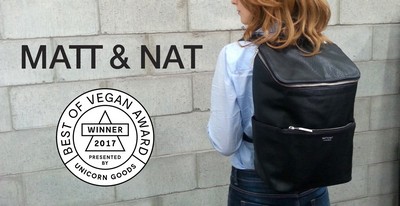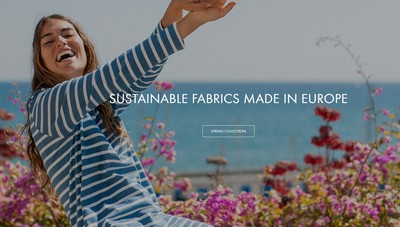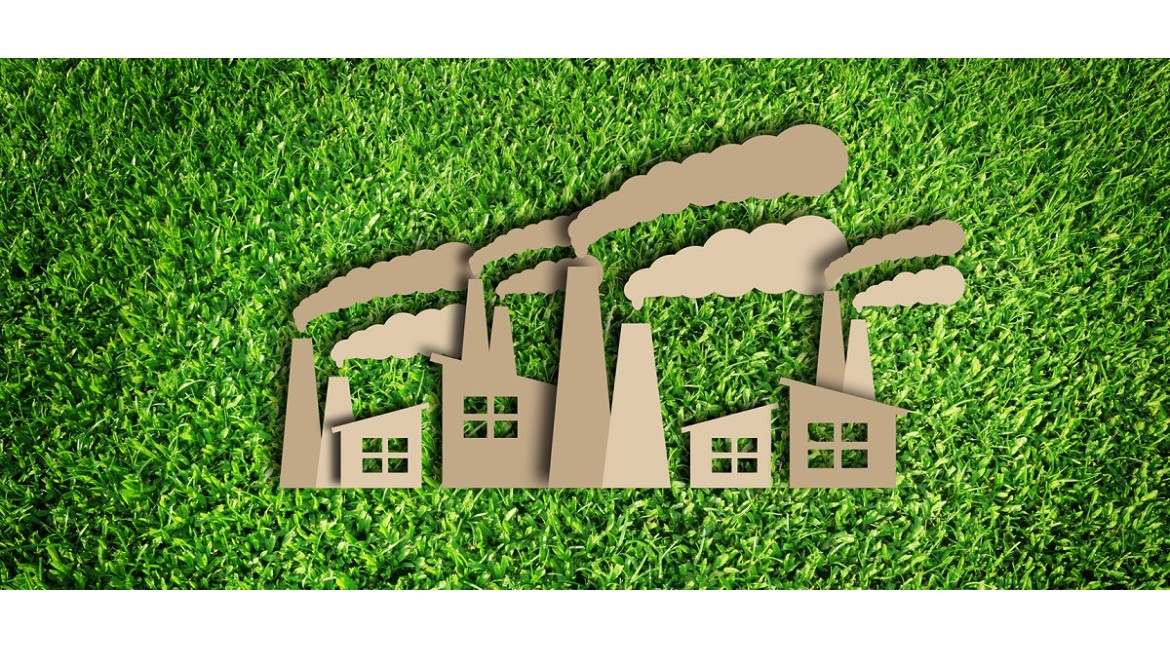
Eco clothing: advantages, eco fabrics and brands
First, let's define the terms. "Eco", when applied to clothing, means that the harm to the environment in its production has been minimized. That is, a cotton shirt made in a factory is not environmentally friendly, since cotton production requires a lot of water and chemicals. And a synthetic sweater made using a special technology is environmentally friendly, since the plastic bottles from which it is made would most likely be floating in the ocean if they were not recycled. Although the production of petroleum-based polyester itself has a high carbon footprint - that is, it pollutes the environment.
Social factors
According to a June 2012 report by the International Labor Organization (ILO), about 14.2 million workers worldwide are trapped in forced and exploitative working conditions, including in the garment industry. Cheap knockoffs and a variety of "no names" that are in abundance in markets and street layouts are most likely made this way.
How does fabric production affect the environment?
Any factory production is not clean. Fabrics are no exception. Making them requires pesticides, which are used to treat plants for future fabrics, dyes (which often contain heavy metals), and many manufacturers use chemical coatings to increase the protection of fabrics from fire, stains and wrinkle prevention. The fiber processing procedure can also require complex chemical processing. For example, viscose requires the use of a toxic solution to convert cellulose into tissue.
Why can't all clothing be made sustainable?
Technologies for making eco-friendly clothes involve manual processing and the use of natural, but at the same time significantly more expensive substances. Such garments simply cannot be made in the required quantities due to the enormous labor involved. The high cost price also does not contribute to mass production. There is nothing to be done - the population of the Earth is growing and our basic needs can be satisfied only by mass industry.
Is linen sustainable?
As stated above, high-volume production of any fabric requires complex processing that affects the environment. Another thing is that the degree of this influence differs for different fabrics and linen wins here. Growing it requires much less water than cotton and does not need a lot of chemical fertilizers or pesticides. Making the fabric itself is also less harmful. Plus, linen garments are biodegradable.
Eco fabrics
The following is a list of fabrics that are actually "eco", although the production of some of them can be considered clean only conditionally
Sustainable Linen

Linen has recently become the darling of "sustainable fashion" and is widely used in the production of eco-friendly garments. And there are good reasons for this. For hundreds of years, linen garments have been known worldwide for their durability. It is breathable, wear-resistant, lightweight, absorbent, antimicrobial, moth-resistant and cool (as it lowers body temperature in summer, unlike cotton) fabric.
Hemp

Perhaps this is the most versatile plant on the planet. Hemp is the only plant that can feed you, clothe you, build a home for you, and provide you with natural cosmetics.
Hemp is also ideal for creating eco-friendly clothing. It is breathable, warm, moisture wicking, antibacterial, biodegradable and very durable fabric that becomes softer when worn and washed.
Growing hemp does not require a lot of water, and the plant itself can produce four to five times more fiber per hectare than cotton. In fact, hemp fertilizes and saturates the soil in which it grows, rather than extracting nutrients from it, like many other grown plants.
Eco cotton

Although cotton is a natural fiber that is biodegradable, its production is the most harmful to the environment. The cotton industry uses 25% of the world's insecticides and 10% of the world's pesticides.
Cotton crops also require an enormous amount of water to grow (about 2.6 cubic meters for a T-shirt), which in turn poses a significant burden on the environment.
An excellent alternative can be offered by organic cotton, the cultivation technique of which significantly reduces the harmful impact on the environment. It eliminates toxic pesticides, synthetic fertilizers and genetic modification of seeds.
On the other hand, the growing organic cotton market still does not solve the problem of water, besides, eco-friendly clothes made from it are expensive and not everyone can afford it.
Bamboo

Bamboo fabric is a natural viscose made from bamboo. Eco clothes made from this fabric have a silky texture, incredibly durable, biodegradable and moisture resistant. Growing bamboo requires very little water and does not require the use of fertilizers or pesticides.
But there is also a dark side. The very process of converting bamboo fibers into fabric is chemically intensive and produces a significant amount of waste. This makes bamboo viscose much less environmentally friendly than it might seem at first glance.
Eco leather

Natural leather, being really eco-friendly, is quite often rejected by "sustainable fashion" due to the fact that it is obtained from animals. In addition, the process of processing and tanning natural leather is highly toxic.
Eco leather is a completely eco-friendly product, in the production of which the use of chemicals is reduced and limited. Outwardly, it practically does not differ from natural. In addition, eco-friendly clothes made from it are much cheaper.
In terms of its mechanical properties, eco leather is comparable to synthetic leather. It is resistant to moisture, flexible, elastic and can withstand more than 80,000 bends at temperatures below -20 ° C. The wear resistance and durability of the fabric allows it to be used even in extreme climatic conditions.
Wool

Wool is a completely natural, renewable fiber. Sheep, consuming plant carbon, convert it into wool. 50% of the wool's weight is pure organic carbon.
Woolen eco-friendly clothes have a long service life, and the need to wash them at lower temperatures has less impact on the environment.
Unlike synthetic, eco-friendly wool clothing "breathes" and has the ability to respond to changes in body temperature, keeping it cool in summer and warm in winter. The coat is easy to clean and highly resistant to staining.
Popular Eco Brands
If you are a supporter of “sustainable fashion” (an industry, as opposed to “fast fashion”, focused on minimizing negative impacts on the environment and increasing social responsibility) and have sufficient financial resources, pay attention to popular eco-clothing brands
-
People Tree
Emma Watson's green brand is a pioneer in sustainable fashion. For over twenty years, People Tree has partnered with the artisans and farmers of the Fair Trade movement to produce ethical and sustainable fashion collections.
People Trees create beautiful images based on simple and understandable values: people, planet and ecology. Eco clothing is handcrafted from organic cotton and environmentally friendly materials.
-
TWOTHIRDS
TWOTHIRDS are fully consistent with their main idea “nature is a gift”. The brand was founded in San Sebastian, Spain, which is the European surf capital and is heavily inspired by surf culture and seaside fashion.
The brand specializes in organic and environmentally friendly European products. The collection of eco clothing ranges from denim jackets to fluffy sweaters and all sorts of accessories.
-
ARMEDANGELS
This German brand is a versatile eco-friendly company. They not only sell trendy organic eco-friendly clothing, but they also run several environmental programs. For example, Innovation DetoxDenim, which aims to change the toxic production of denim.
ARMEDANGELS takes an active position in the conservation and protection of bees. After all, these insects not only produce honey, they are vital for growing cotton.
-
Goat Organic Apparel
Goat Organic Apparel's motto is “no bullshit, just honest and organic clothing”. The brand was founded in Amsterdam and is fighting the problem of the dirty garment industry in innovative ways. Their goal is to get rid of the dusty image of “sustainable fashion” and eco-friendly clothing.
Goat Organic Apparel offers a simple and user-friendly design. The brand's approach is very straightforward, and the products often carry humorous and rather harsh messages that show the brand's attitude towards a fashion business that is too serious.
-
Matt & Nat
Who said vegans can't wear leather? The founders of the brand strive to reflect their love for nature and the world around them through strict and fashionable vegan eco-friendly clothing of their own production.
Basically, Matt & Nat are known for their beautiful and simple designer handbags that come in many different shapes. The collection of products is quite large, it is represented by bags with straps, clutches and even bags for dogs. The brand has its own line of shoes and various accessories.
